
Carnevale di Firenze
Info and booking31st of January and 1st of February 2026
4rd Edition
Save the date!
Grand Ball
Regine a Palazzo
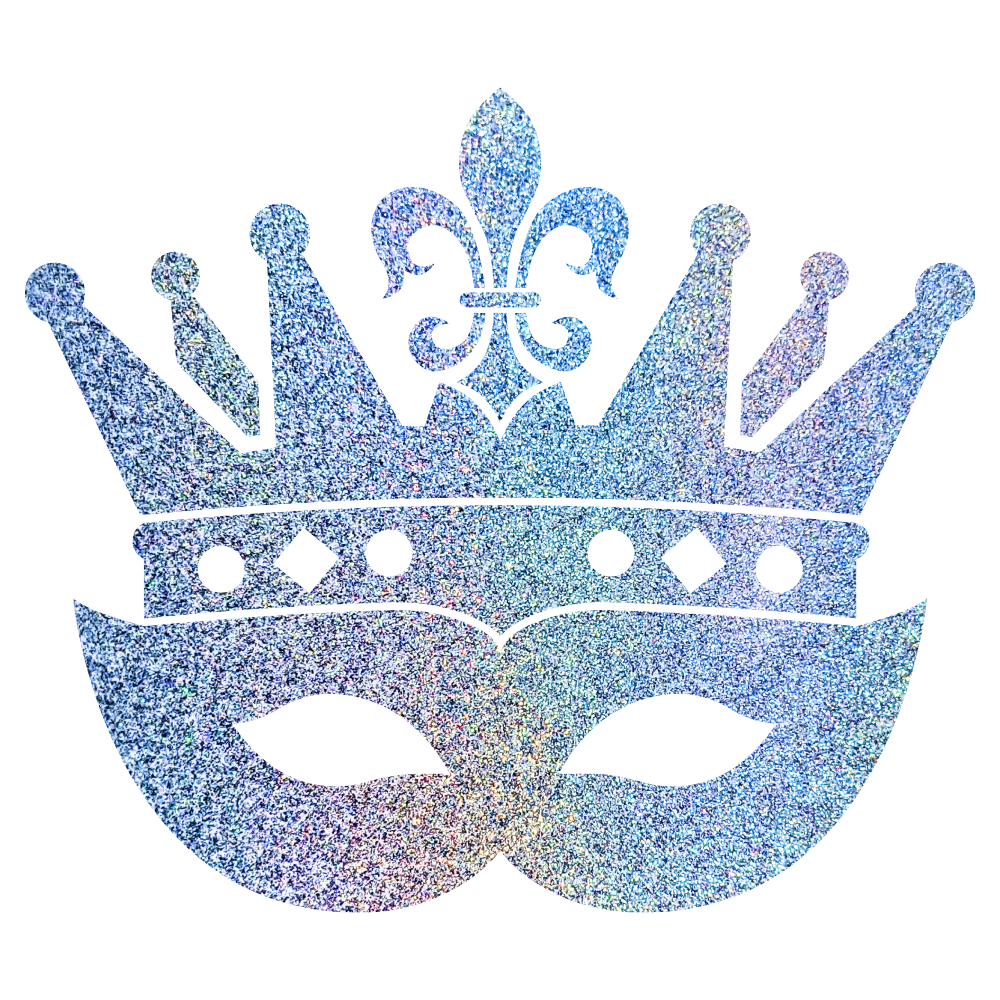
Diamond Prestige
1.200€ per person
• Friday: Cocktail at a hotel
• Saturday: Gala dinner – Salone dei 500, Palazzo Vecchio
• Sunday: VIP access to the parade
- Friday: Cocktail at iconic 5 star Florentine hotel
- Saturday: Gala Dinner at center tables - Salone dei Cinquecento, Palazzo Vecchio & After Party Ticket
- Sunday: VIP access to the Parade
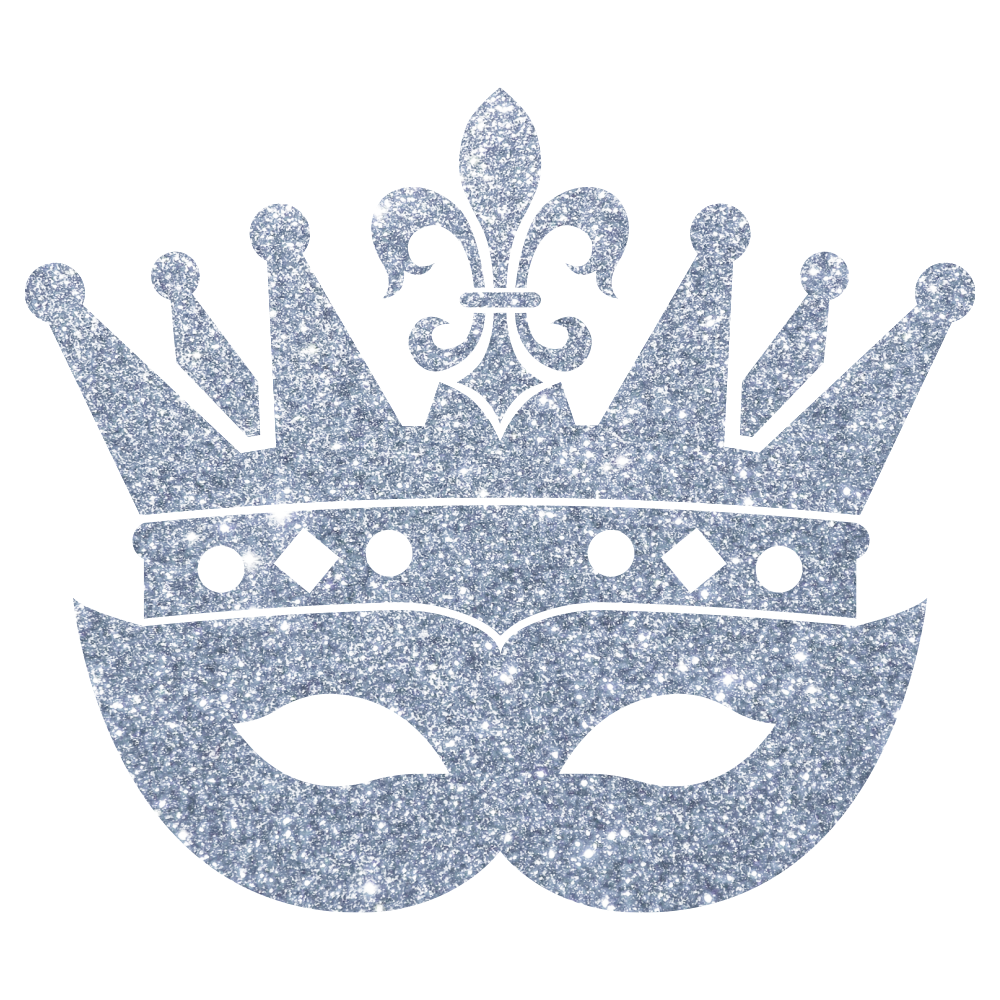
Diamond
1.000€ per person
• Saturday: Gala dinner – Salone dei 500, Palazzo Vecchio
• Sunday: VIP access to the parade
- Saturday: Gala Dinner at center tables - Salone dei Cinquecento, Palazzo Vecchio & After Party Ticket
- Sunday: VIP access to the Parade
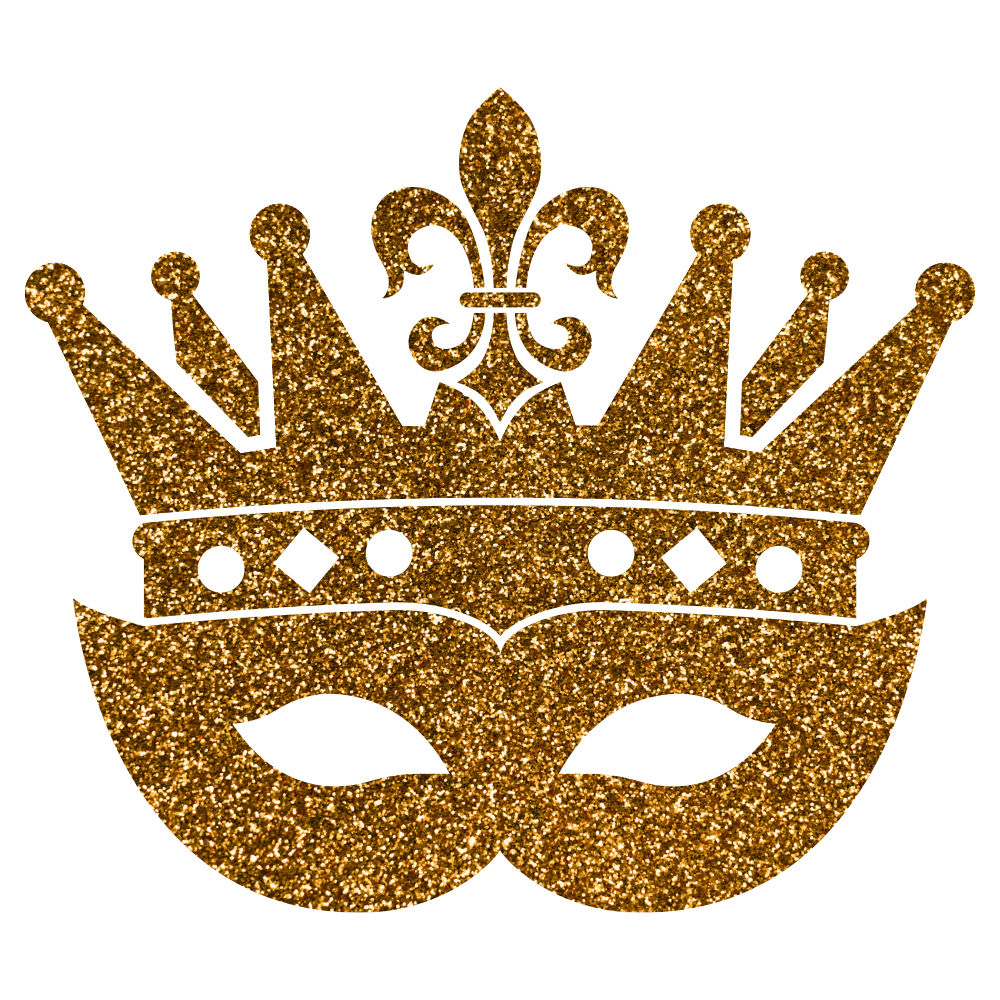
Gold
700€ per person
• Saturday: Gala dinner – Salone dei 500, Palazzo Vecchio
- Saturday: Gala dinner with second row table – Salone dei Cinquecento, Palazzo Vecchio & After Party Ticket
After Dinner Party
300€ couple / 200€ single
• Lorem ipsum atem
- Saturday: Ticket to after party with open bar & double DJ set - Sala d’Arme, Palazzo Vecchio
Event Details
Dress Code: Masks required, black tie attire suggested, period costumes are encouraged.
Gala Dinner Guests: Arrive at 8:00 PM to Cortile del Michelozzo, Palazzo Vecchio, where masked carnival characters will greet you. Enjoy an exclusive Welcome Party aperitivo hour from 8:00-9:00 PM. At 9:00 PM, enter the Salone dei Cinquecento for Michelin-starred cuisine, Italian wines, bubbles, and live entertainment.
After Party Guests: The celebration continues at 10:00 PM with Four Seasons open bar and double DJ set.
Curated by Antonia Sautter Il Ballo del Doge.
The Grand Ball
Looking forward to the fourth edition, scheduled for 31 Jennuary and 1 February 2026, special thanks go to all those who made this great magic possible, a journey between dream and tradition.
We are working to offer you an even more surprising and imaginative edition.
We will soon be sharing the official program with all the new features, events, and surprises that await you. The 2026 edition will also be an exclusive event that will combine tradition, elegance, and entertainment in a setting of extraordinary beauty in the cradle of the Renaissance.
Florence Carnival Returns with Exciting News
For the 2026 edition, guests will be able to choose among three exclusive tiers: Gold, Diamond, and Diamond Prestige. In addition, following numerous requests, we are pleased to announce the return of the After Dinner Party tickets, offering an unmissable opportunity to experience the magic of Carnival late into the night.
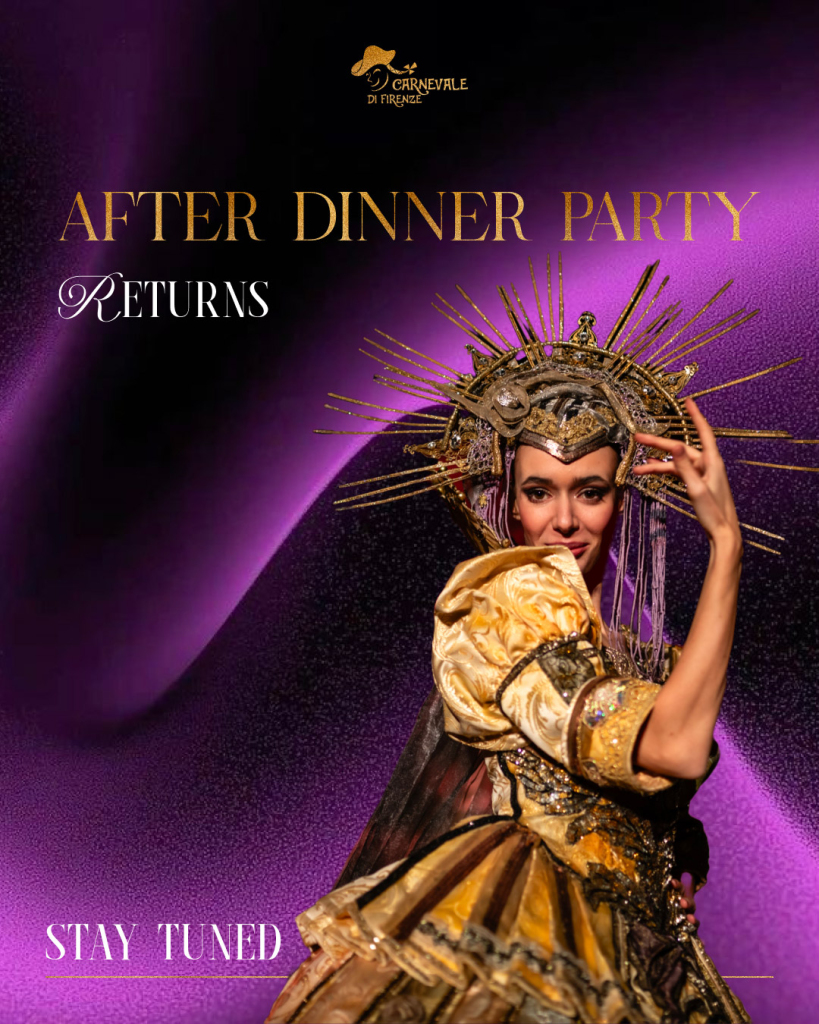
Our Charity Projects
Il Carnevale di Firenze is proud to support charitable initiatives selected in collaboration with its scientific committee. Among them are Lega del Filo d’Oro, an organization dedicated to assisting and rehabilitating individuals with deafblindness and multiple sensory impairments, and Fondazione Tommasino Bacciotti, which provides free accommodation to families of children hospitalized at the Meyer Children’s Hospital in Florence, offering them support during difficult times.
The Grand Ball of Florence
A tribute to Florentine history and glamour, the Grand Ball di Carnevale celebrates the ancient tradition of masked balls, born at the court of Lorenzo de’ Medici and typical of the Renaissance.
For this new edition, the organizers have prepared a spectacular and engaging program. The evening will begin with a welcome in the Cortile del Michelozzo, where court jesters will enliven a meticulously crafted welcome cocktail. A master of ceremonies will introduce the guests and historical figures in the Salone dei Cinquecento. The Gala Dinner will feature a menu inspired by Tuscan culinary traditions from the Medici era. The show, conceived and directed by Antonia Sautter, will take place in the Salone dei Cinquecento: inspired by Leonardo’s “Sogno di Volare,” the Venetian designer will present her sartorial interpretation of the perfect alchemy of intelligence, kindness, creativity, and the strength of women who transformed Florence into the cradle of the Renaissance.
At 10:30 PM will take place the After Dinner Party in the Sala delle Armi at Palazzo Vecchio, featuring an extraordinary collaboration with Atrium Bar, performances by Stranomondo, and a top-tier European DJ set by Remo Giugni and Leandro Da Silva.

Masquerade Ball
The Parade
THE PARADE
Grand Carnival Parade in the old town. Music and entertainment, confetti and friendship are the main ingredients of this great celebration open to all.
Let’s meet in Piazza Santa Maria Novella on occasion of “Waiting for Carnival” in collaboration with Lady Radio at 2:00 PM. Music and entertainment will build the excitement for Carnival
introduce the delegations that will parade, and invite both adults and children to join us masquerade and win amazing prizes. Music, confetti, and friendship will be the key ingredients of this grand celebration open to everyone, with a strictly masked dress code!
At 3:30 PM, the Parade will depart from Piazza Santa Maria Novella, following this route:
Piazza Santa Maria Novella, Via de’ Banchi, Via Barbadori, Via de’ Rondinelli, Via Tornabuoni, Lungarno degli Acciaioli, Por Santa Maria, Via Vacchereccia, Piazza della Signoria.

Carnival of Florence
About us
The ‘Carnival of Florence‘ is a non-profit association dedicated to studying, researching, and promoting Italian historical traditions. Its mission includes identifying and offering topics for exploration, as well as enhancing and celebrating the local territory and its culture through cultural events.
With the patronage of






Main Sponsor

With the contribution of





Partners
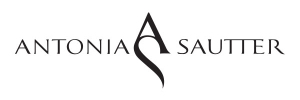


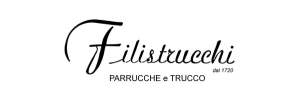
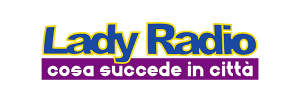

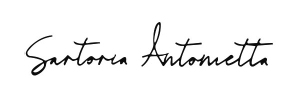


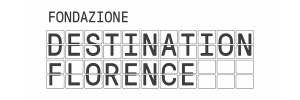
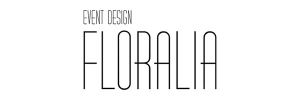





Gallery
Press
Press 2024
Press 2020
The History of Carnival in Florence
Perhaps not everyone knows this, but Carnival has ancient roots in Florence. Discover its origins, traditions, its most beloved characters, and its most sumptuous side

The Origins
In an idealized vision of Florence, Carnival takes on the witty expression and intense gaze of Lorenzo de’ Medici, who, around 1490, wrote the famous carnival song dedicated to Bacchus and Ariadne. The song, intended for a choir and accompanied by music, included the memorable refrain: “Chi vuol essere lieto, sia: di doman non c’è certezza” (“Let those who want to be happy, be so: there is no certainty in tomorrow”).
Florence’s tradition of floats, called trionfi (made from wood and jute), brought lively, colorful celebrations in the days leading up to Lent, with commoners and nobles alike filling the streets. Masked young noblemen often joined in, playfully chasing one another through the crowd and tossing rag balls at passersby or into artisans’ workshops, trying to force the bosses to let workers enjoy the Carnival fun. This game sparked surprise and amusement among those caught up in it.
By the second half of the 15th century, the game that would later become calcio storico was so popular among young people of all social classes that it was played in nearly every street and square. The game was eventually formalized and allowed in the city’s main squares, especially during Carnival, when everyday rules were relaxed. The most legendary calcio storico match took place on 17 February 1530, when 54 noblemen played to mock the troops of Emperor Charles V, who had been besieging the city for months. They played in Santa Croce, ensuring the enemy, camped on the surrounding hills, could watch. Musicians played festive music, and despite their exhaustion, the noblemen took the field with pride.
During the Lorraine rule in Tuscany, the tradition of chariot parades, parties, and games continued. Carriage rides, theatre balls (beginning with Teatro La Pergola, which also premiered operas and comedies for the occasion), and lavish masked gatherings in Piazza Santa Croce were held in the afternoons and evenings. The theatres stayed open longer and became ideal venues for dance parties, while similar events were also hosted in private residences, noble palaces, and by foreign diplomats. In grand halls, guests danced the quadrille, minuet, and gavotte, while in the squares and on farmyards, the music of the trescone, carola, and salterello filled the air.
At the end of the 18th century, the character of Stenterello was born at the Teatro del Cocomero, thanks to the Florentine actor Luigi del Buono. Thin from the hardships of his life, pale, shaky, a poor commoner, yet ironic and clever, Stenterello embodies the man who always manages to escape trouble while criticizing and challenging authority—capturing the essence of the Florentine spirit of his time. His yellow waistcoat bears two symbolic markers: the number 28, a reference in Florence to men betrayed by their wives, and the phrase posa piano along the edge, indicating a calm demeanor that hides his knack for avoiding hard work. Stenterello’s mismatched knee-high socks and love for wine are his trademarks, and according to Pellegrino Artusi, he had a particular fondness for frittelle di tondone—lemon-scented fritters with malaga grapes, as described in recipe 181.
In the 19th and early 20th centuries, public balls were held under the loggias of the Mercato Nuovo and at the Loggia dei Lanzi, where even nobles and lords, upon arriving, could become the targets of playful jokes and laughter. The Great War brought a period of reflection to Florence, and it was only after 1918 that masquerades in wealthy residences resumed, along with a renewed desire to dress up, similar to the revival in Venice. Meanwhile, the grand allegorical floats of masked parades shifted almost entirely to Viareggio, where in 1921, the first music-accompanied parade took place along the Viali a Mare.
However, 19th-century Florence remains known for hosting some of the most spectacular carnivals. In 1886 and 1888, the former Ghetto, which had been emptied of its inhabitants in 1882, was transformed—first into a vision of Baghdad and later into a “Chinese” city. Artists and set designers created entire streets, houses, shops, and squares, turning the area into a city within a city. Once the festivities ended, the furnishings were auctioned off to support families in need.
Contact us
Associazione culturale Carnevale di Firenze
Associazione culturale Carnevale di Firenze – Piazza de’ Frescobaldi 4 – 50125 – Firenze Piva/Cod.Fis. 94326400481
Copyright © Carnevale di Firenze 2025 | all rights reserved | Privacy policy – Cookie policy



